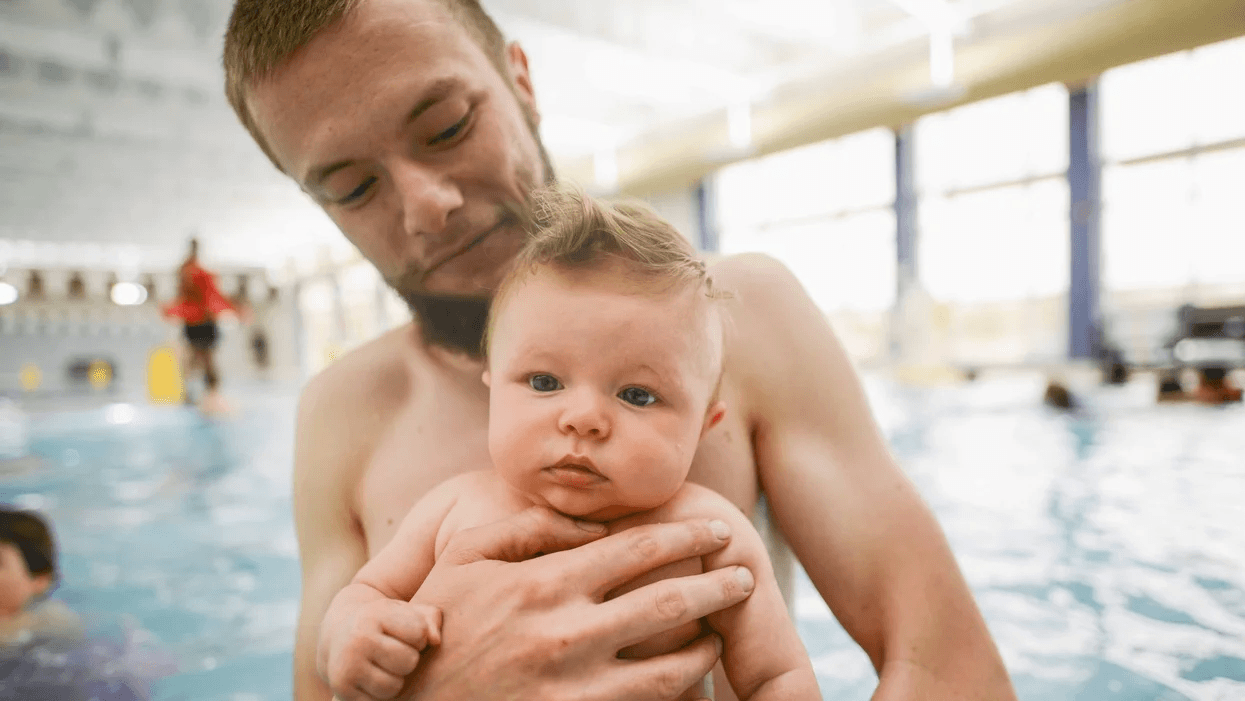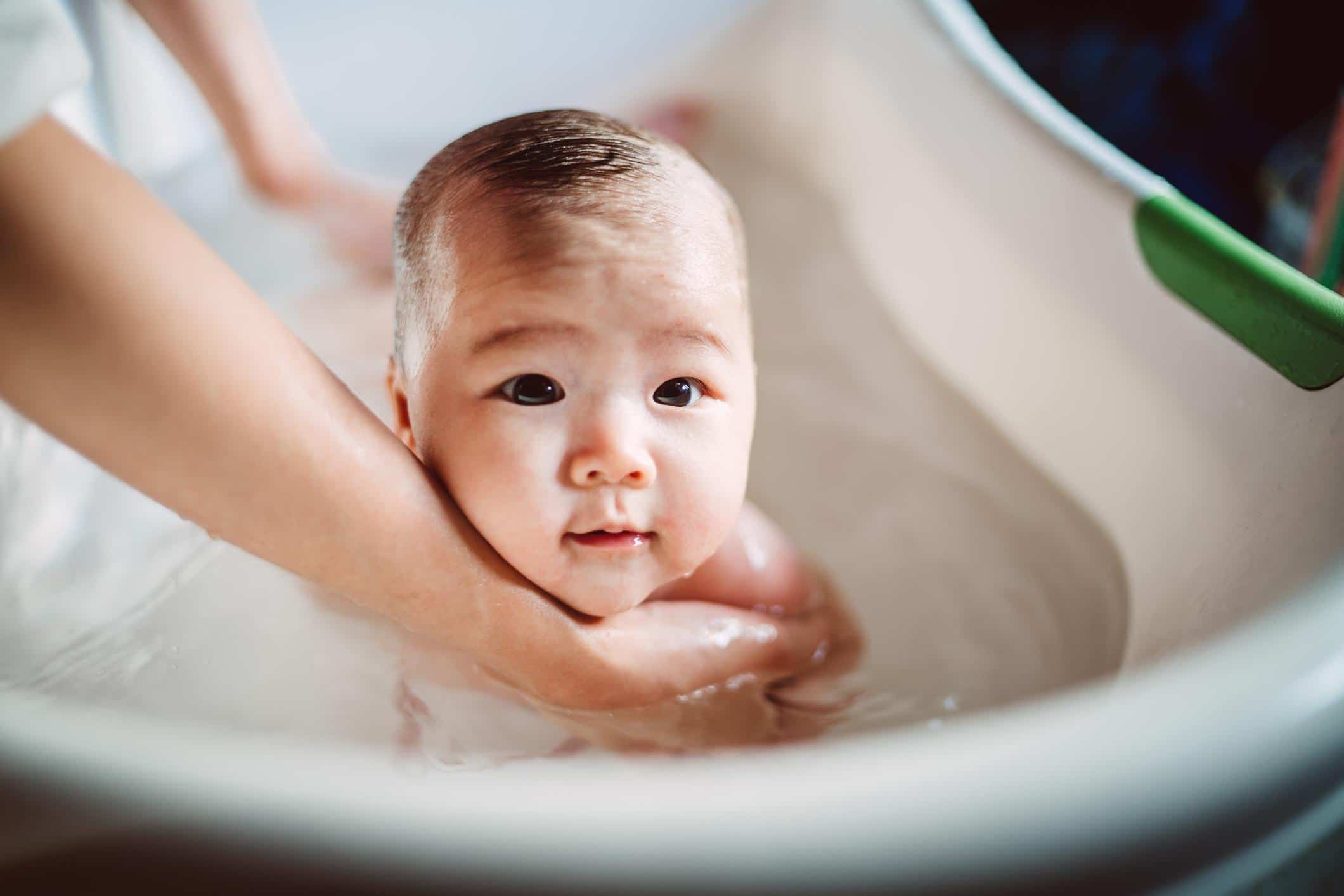What is the right age to start swimming lessons? At a year old, say pediatricians
Plus, AAP recommended steps to reduce risk of childhood drowning.

In This Article
We know it’s important for children to know how to swim—not only so they can have fun in the water but also so they can protect themselves—but when should children start swimming lessons?
According to the American Academy of Pediatrics (AAP), children as young as one year old can benefit from swimming lessons, so your baby’s first birthday is a great time to start.
In a 2019 policy statement on the prevention of drowning the AAP recommends swimming lessons for babies who’ve at least seen their first birthday cake, (but notes that because kids all develop at different rates, not all children are ready to learn to swim at the same age. If they’re not ready at 1-year-old, getting them in before they turn four is great, too).
Related: Infant swimming resource lessons could save your baby’s life
“A parent’s decision about starting swim lessons or water-survival skills training at an early age must be individualized on the basis of the child’s frequency of exposure to water, emotional maturity, physical and cognitive limitations, and health concerns related to swimming pools,” the AAP notes.
While infant self-rescue swimming lessons are popular with parents, the AAP states that “there is no evidence to suggest that infant swimming programs for those younger than 1 year are beneficial” when it comes to reducing drowning risks, but parent-and-baby water programs can be a fun way to get everyone used to being in pool together, and prepare parents and babies for later swimming lessons which can reduce drowning risks.
The AAP wants parents to be aware that swimming lessons at any age can’t “drown proof” a child and stresses the importance of constant adult supervision around water (we should always be within arms reach), pool barriers and CPR training for parents.
That’s because “the primary drowning risk for toddlers age 1-4 is unanticipated, unsupervised access to water,” according to the AAP. The same curiosity that makes 1-year-olds good candidates for soaking up the potentially life-saving benefits of swimming lessons is also a risk factor for drowning, as curious toddlers and preschoolers can easily slip away and head for the water when adults least expect them to.
AAP recommended steps to reduce risk of childhood drowning:
- If you have a pool, install a “4 foot, 4-sided, isolation fence that separates the pool from the house and the rest of the yard with a self-closing, self- latching gate”. They also state, keep “a telephone and rescue equipment approved by the US Coast Guard (eg, life buoys, life jackets, and a reach tool, such as a shepherd’s crook)” by the pool.
- When visiting a home or business with a pool or hot tub, parents “should carefully assess the premises to ensure basic barriers are in place, such as sliding door locks and pool fences with closed gates in good working order and ensure that supervision will be consistent.”
- Learn CPR.
- During a pool party, parents and adults should take turns tapping in as the “designated watcher” and fully focus on the kids playing in or around a pool.
- If swimming at a beach or lake, choose a location with lifeguards and designated areas for swimming.
- Teach kids to stay away from bodies of water in all seasons, even winter when they are covered in ice.
Water safety is important for all families, but swimming lessons can be expensive. According to the AAP, “many towns have scholarship programs that help cover the cost of swim lessons held at public pools.” Check with your local pool to see if that could help your family, and let your family and friends know that if they want to get your child a special gift for their first birthday, swimming lessons are an amazing present.
A version of this post was published on May 20, 2020. It has been updated.


